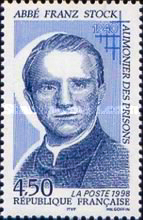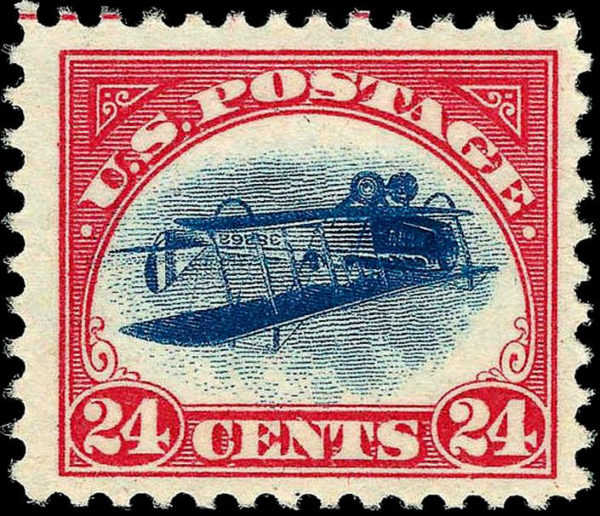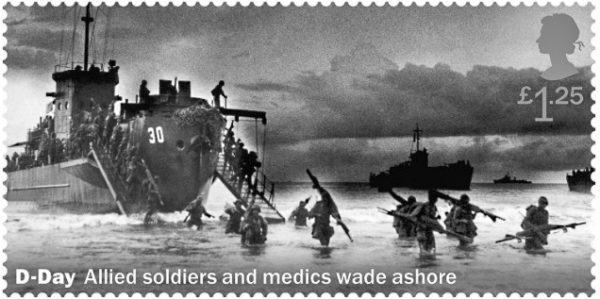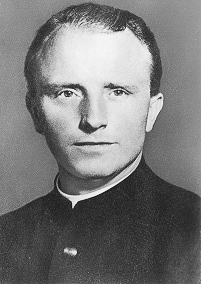I’m sure everyone at some point looks back and remembers attending certain live performances by legendary actors, musicians, comedians, writers or, some other talented person or group. I remember being in Las Vegas with my family in 1972 sitting in the showroom at Caesars Palace for one of Jimmy Durante’s shows. I was also lucky to see one of Andrés Segovia’s last solo performances. How about those of you who were in attendance at Woodstock in August 1969?
One of the most memorable shows I attended was performed in complete silence. Not one word was said, and you could hear a pin drop. In fact, there was only one person on stage for the entire two-hour show and Marcel Marceau never spoke.
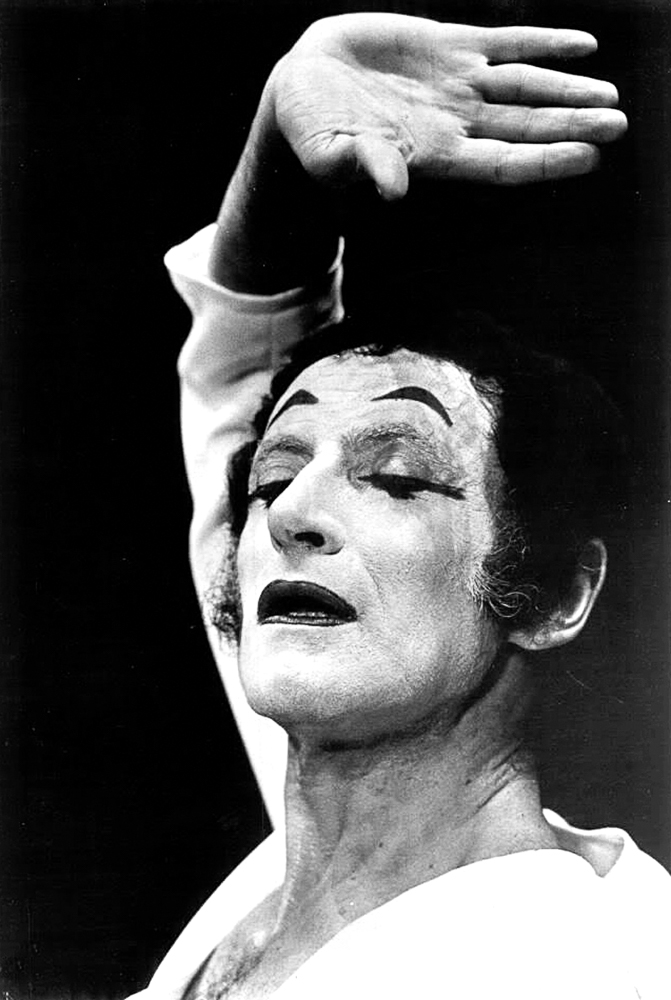
Did You Know?
Did you know why women in Singapore (and presumably other Asian countries) keep themselves covered from head to foot in extremely hot and humid weather? Our guide told us they don’t want to get a tan because in their culture, it is preferable to have very pale skin. This got me thinking back to the Elizabethan Age in England. Nobility during that time valued fair and pale skin to the point where some went to the extreme of making sure their skin was white ⏤ really white. They used a poisonous lead based white paint and over time, their skin was eaten away. That called for more make-up and so, a vicious cycle began.
Since we’re talking about the Elizabethan era, did you know that refined sugar was only available to the wealthy back then? One of the results was that people had rotten teeth. Ironically, rotten teeth became a status symbol for the wealthy since it identified them as being rich ⏤ another vicious cycle.
Thank goodness Marcel Marceau had modern make-up which did not contain lead. I’m not sure about his teeth.
Let’s Meet Marcel Marceau
Marcel Mangel (1923-2007) was born in Strasbourg, France to a Jewish family. His parents, both butchers, came from Poland and the Ukraine. The family was rounded out with Marcel’s older brother, Alain (1921-?). When Marcel was five, his mother took him to see one of Charlie Chaplin’s silent films and that experience influenced his decision as a teenager to become a mime (decades later, Michael Jackson would credit Marcel Marceau for the inspiration behind many of his dance routines including the iconic “moonwalk”). At a very young age, Marcel was entertaining the neighborhood children and Alain always said that Marcel had an insatiable appetite to perform. As part of his education, Marcel learned to speak fluent English and German (in addition to French, his native tongue). The languages and his talent as a mime would save the lives of many children during the German occupation of France. Read More “Bip The Clown”

